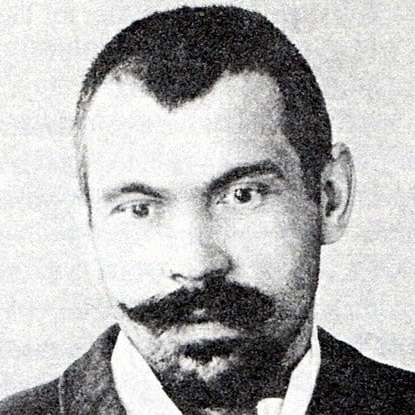
1876 - 1953
Frans Otto Eriksson
Summary
Name:
Frans Otto ErikssonNickname:
Svarta Hästen / The Black HorseYears Active:
1900 - 1909Birth:
April 15, 1876Status:
DeceasedClass:
MurdererVictims:
2Method:
PoisoningDeath:
June 07, 1953Nationality:
Sweden
1876 - 1953
Frans Otto Eriksson
Summary: Murderer
Name:
Frans Otto ErikssonNickname:
Svarta Hästen / The Black HorseStatus:
DeceasedVictims:
2Method:
PoisoningNationality:
SwedenBirth:
April 15, 1876Death:
June 07, 1953Years Active:
1900 - 1909Date Convicted:
July 8, 1904bio
Frans Otto Eriksson was born on April 15, 1876, in Badelunda, a suburb of Västerås, Sweden. When he was six years old, his family moved to Stenby on the island of Adelsö. Eriksson spent several years there before relocating back to Västerås at the age of thirteen. He lived in Västerås until he completed his church confirmation.
After his confirmation, Eriksson started working as an apprentice for a local baker. In the early 1890s, he moved to Stockholm. During his time in Stockholm, he worked at several different bakeries. Later, he relocated to Gnesta. Around the year 1900, Eriksson moved again, this time to Obbola, where he found work at a local store. However, after about a year, he fell into poverty and became a vagrant.
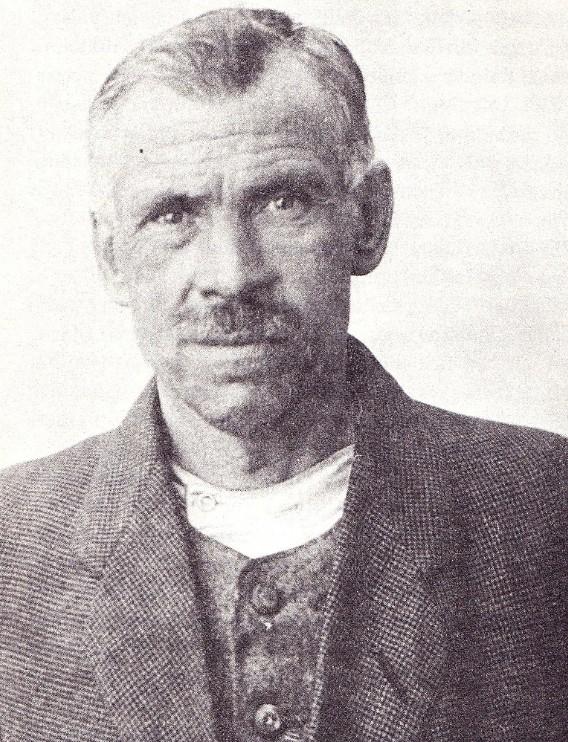
In July 1907, Eriksson secured a job at a baker's shop in Vretstorp. The shop owner was happy with his work there, which marked a brief period of stability for Eriksson.
murder story
In December 1909, Frans Otto Eriksson, along with his accomplices Kerstis Karin Olsdotter and Fredrik Alfred Vestlund, planned to rob an elderly couple named Daniel and Kerstin Dunder in Heden, Leksand. The Dunders had just sold their last cow and were thought to be in possession of a significant amount of money. To carry out their plan without being identified, they decided to poison the couple. Vestlund poisoned the coffee served to the Dunders with arsenic while Eriksson and Olsdotter waited outside their home.
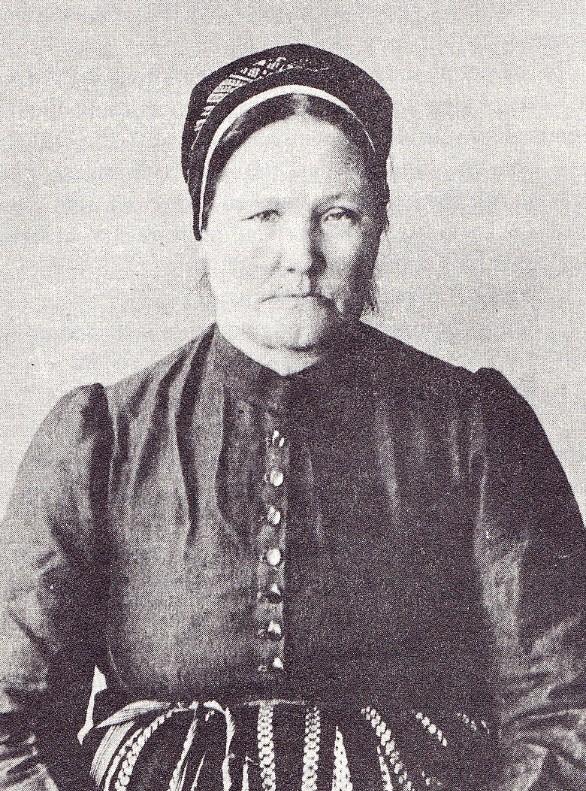
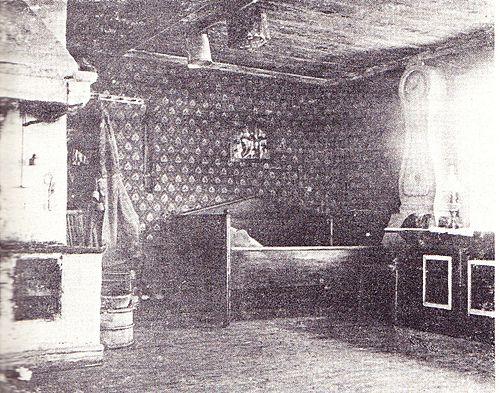
After the Dunders consumed the poisoned coffee, they died. The trio then attempted to conceal the crime by starting a fire in the fireplace to make it seem like the couple had died from carbon monoxide poisoning. However, a neighbor discovered the bodies soon after, leading the police to suspect foul play.
Eriksson, Olsdotter, and Vestlund were arrested within days. They were taken to Falu prison, and by January 10, 1910, legal proceedings began against them. Olsdotter was sentenced to death for orchestrating the murders, while Eriksson received a life sentence. Vestlund, deemed the mastermind, was also sentenced to death. Their appeals were denied, but later, in October 1910, the death sentences for Vestlund and Olsdotter were commuted to life imprisonment.
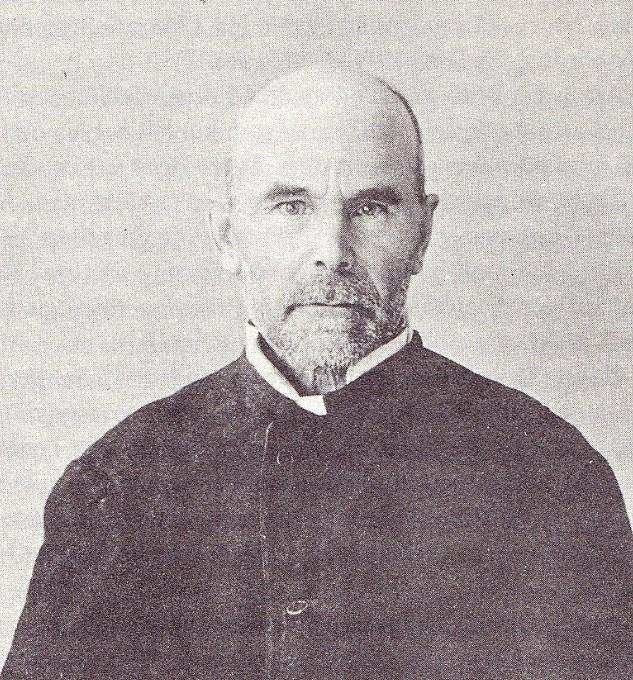
Eriksson and Vestlund served their sentences at Långholmen Prison, while Olsdotter was held in a women’s prison. During his imprisonment, Eriksson was involved in several fights, which complicated his chances for early release. Over the years, he was transferred to different facilities, including a low-security prison where he could work with horses.
Eriksson made multiple requests for clemency, but all were denied until finally, in 1930, his fifth appeal was approved. After nearly 21 years in prison, he was released. However, his return to society was challenging as he struggled to find work and dealt with paranoia. He later moved to a nursing home in Västerås, where he died from cancer on June 7, 1953. His remains were buried in Skogskyrkogården in January 1954.